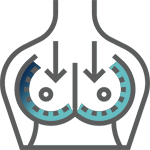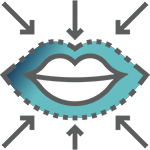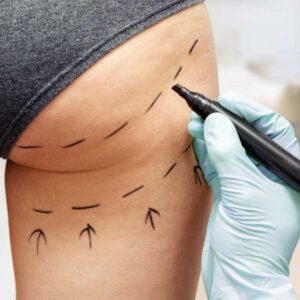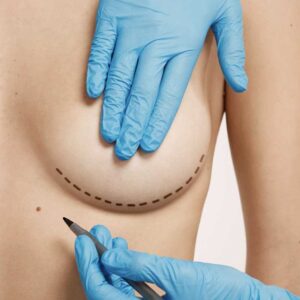- +381 11 761 4275; +381 63 827 2174
- Admirala Geprata 13, Belgrade, Serbia
Dr. Dušanović on nose correction
Nose reshaping
STRUCTURAL RHINOPLASTY
Represents the reshaping of the nose using different cartilaginous grafts and suture techniques, taking into account the thickness of the nose skin. This provides, so to speak, absolute control in the definitive shaping of the nose and its evolution over time.
CLASSIC RHINOPLASTICS
Classic rhinoplasty consists in removal, reduction, resection, cutting off, ... in short, global reduction of the nose without real precise control of the end result.
MORE THAN STRUCTURAL RHINOPLASTY
The open approach provides the establishment of equilibrium and harmony of the component structures of the nose (cartilage and bones), not only during the intervention itself, but also provides greater stability during the life of each individual. With the classic technique, the nose continues to age like any other part of the body, but due to the weakening and removal of the structural elements of the nose without strengthening them, it often leads to an uncertain acceleration of that process.
Choosing an open technique therefore represents the absolute method of choosing modern nose surgery because it is very precise and meticulous while at the same time providing a better insight into the anatomical variations of the nose.
CORRECTION OF THE TIP OF THE NOSE AND REMODELING OF THE NOSE PYRAMID
Correction of the tip of the nose is particularly demanding, but also the remodeling of the nose pyramid eliminates certain non-aesthetic results of classic operations such as inverted V deformity or open roof nose. Additional strengthening of the nasal cartilages directly affects better breathing after the intervention, which is an inseparable part of nose surgery.
GOOD AESTHETIC CORRECTION
With modern computer simulations, it is possible to approximate the desired and possible post-operative shape not only of the nose but also of the whole face. My approach involves adequate advice regarding the form and function of the complete face. The personalization of rhinoplasty is a fundamental element in my eyes.
RESULTS
The evaluation of the results can only be done after three to six months, when it comes to the tip of the nose, or after more than a year in cases of thick skin of the nose. You have to be patient because additional minor corrections in order to perfect the results, which are not a frequent occurrence, can only be done after 9-12 months. This should not be equated with re-corrections after classic nose operations, which are usually unavoidable.
SEVERE CASES
Almost all rhinoplasty is demanding and difficult. Some are particularly demanding and complex.
DEVIATION AND ASYMMETRY OF THE NOSE
These are frequent cases and the prerequisite is, without a doubt, to correct the nasal septum as well as the asymmetries of the bones and cartilages of the nose. But we should not forget that the bony skeleton of the face is asymmetric to a greater or lesser extent, and the remaining minor asymmetries should be understood and explained to the patient.
THIN SKIN
It allows stunning results with fascinating definition, but also the visibility of certain imperfections. The bony-cartilaginous structures of the nose have their own internal potentials of flexibility, elasticity and strength, and it is not always possible to predict them over time. In order to avoid the risk of visible unevenness, I use the modern technique of preventive camouflage. By taking soft pliable tissues from the nose, head, abdomen or acellular dermis, with or without micro-cartilaginous particles, they are inserted as fine linings under the thin skin.
THICK SKIN
In contrast to the thin defect, they are not visible, but it is very difficult to meet excessive demands in terms of significantly larger remodeling of the nose.
SURGEON'S ANALYSIS IS THE KEY TO SUCCESSFUL RHINOPLASTICS
The operated nose was successfully and harmoniously integrated into the whole face. It should be maximally flat to the touch and must allow adequate breathing. Preoperative analysis involves the analysis of aesthetic characteristics mixed with the wishes of the patient as well as possible limitations. The choice of surgical technique is adapted to the operative indication and represents an additional key to successful rhinoplasty. Of course, an adapted postoperative course and follow-up are inseparable parts of success.
THE SEARCH FOR THE IDEAL NOSE
Patient psychology is an essential element to be evaluated. The requirements for primary and secondary operations are definitely different and should always be taken very studiously in order to choose the right operative technique.
Dušanović Plastic Surgery
Center for one-day plastic-aesthetic surgery
Contact
- +381 11 761 4275
- +381 63 827 2174
- aleksandar.dusanovic@gmail.com
- Admirala Geprata 13, 11000 Belgrade, Serbia
Location
- Copyright 2025 - Dušanović Surgery











